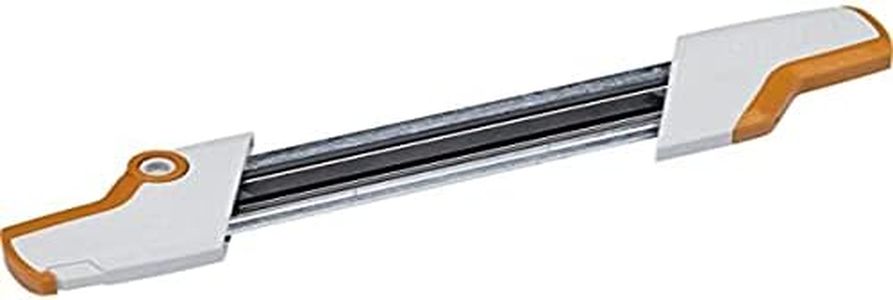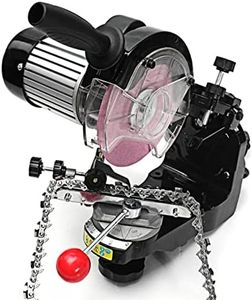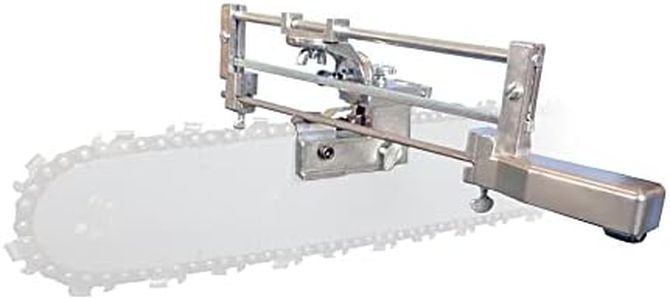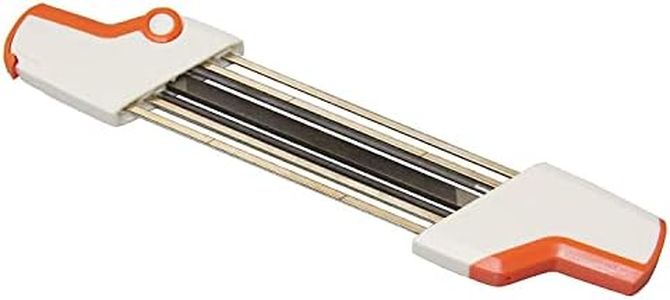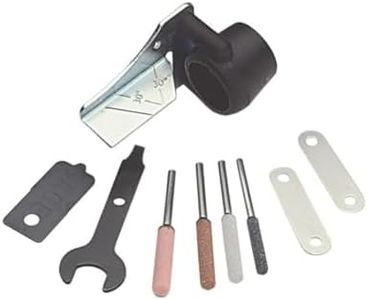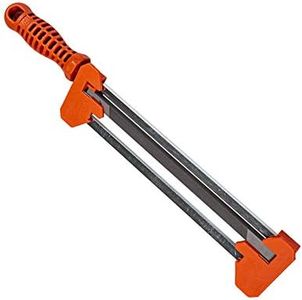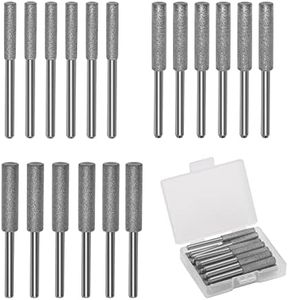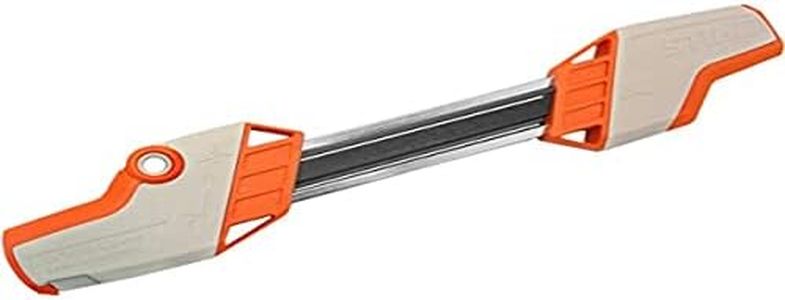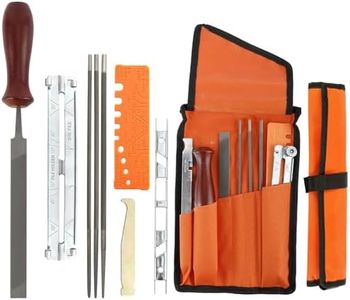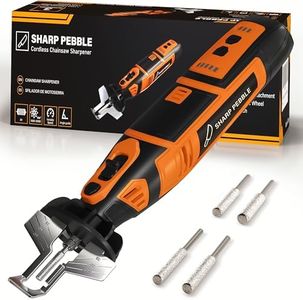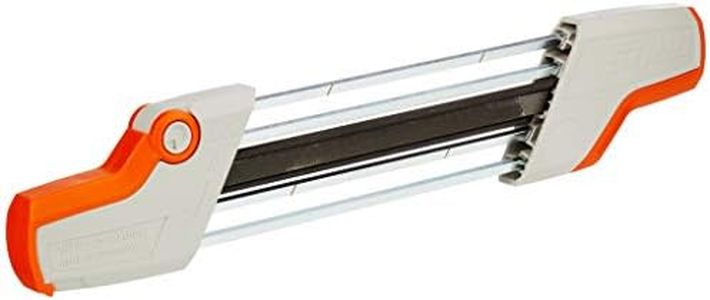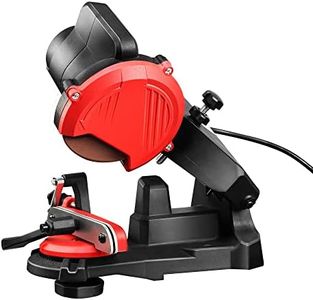We Use CookiesWe use cookies to enhance the security, performance,
functionality and for analytical and promotional activities. By continuing to browse this site you
are agreeing to our privacy policy
10 Best Chainsaw Sharpeners
From leading brands and best sellers available on the web.Buying Guide for the Best Chainsaw Sharpeners
Choosing the right chainsaw sharpener is important if you want to keep your chainsaw running efficiently and safely. A well-sharpened chain makes cutting easier and helps prolong the life of your chainsaw. When you're shopping for a chainsaw sharpener, you'll want to focus on features that match your chainsaw's needs, how often you intend to sharpen, and how precise you want to be in your sharpening. Understanding the basic specifications will help you select a tool that's comfortable to use and delivers consistent results.Sharpening TypeSharpening type refers to whether the sharpener is manual, electric, or automatic. Manual sharpeners require you to file the chain by hand, offering portability and direct control, which is ideal for quick touch-ups or occasional sharpening. Electric sharpeners use a motor and grinding wheel, making the job faster and more uniform, best suited for regular or frequent users. Automatic sharpeners are rare and generally used for professional needs. Consider how often you need to sharpen and whether you prefer control and portability (manual) or speed and ease (electric).
Compatibility with Chain SizesThis spec refers to the sharpener's ability to work with various chain pitch and gauge sizes. Chainsaws have different chain sizes, so your sharpener must match your chain's specifications. Some sharpeners are universal and adjustable, while others are limited to specific sizes. Check your chainsaw’s chain specifications and make sure that the sharpener you choose can accommodate these, so you avoid buying a tool that won’t fit your equipment.
AdjustabilityAdjustability means how well the sharpener can be set to different angles, depths, and file sizes required for sharpening different types of chains. The best sharpeners let you set the filing angle and depth stop according to the chain’s requirements. Basic models may offer limited adjustments, while more advanced ones provide precise controls. If you use more than one chainsaw or change chains often, more adjustability offers greater flexibility and precision.
Ease of UseEase of use describes how simple and intuitive the sharpener is to operate. Manual models may require more skill and practice, while electric ones are generally easier for beginners. Features like clear guides, secure clamping, and easy set-up make sharpening smoother. If you are new to chainsaw maintenance, prioritize a sharpener with comprehensive instructions and straightforward controls so the process doesn’t seem overwhelming.
PortabilityPortability is about how easy it is to transport the sharpener. Manual sharpeners are much smaller and lightweight, often fitting in a toolbox or pocket, making them perfect for fieldwork. Electric sharpeners tend to be larger, heavier, and may require a power outlet, making them better for workshop use. Decide if you’ll be sharpening mostly at home or out in the field to choose the right level of portability for your purposes.
DurabilityDurability refers to how well the sharpener holds up to repeated use and whether it is built from high-quality materials like hardened steel or heavy-duty plastic. The more frequently you sharpen chains or the harsher the environments you work in, the more important durability becomes. If you expect regular sharpening, choose a sharpener known for solid construction to ensure it lasts and continues to perform reliably.

